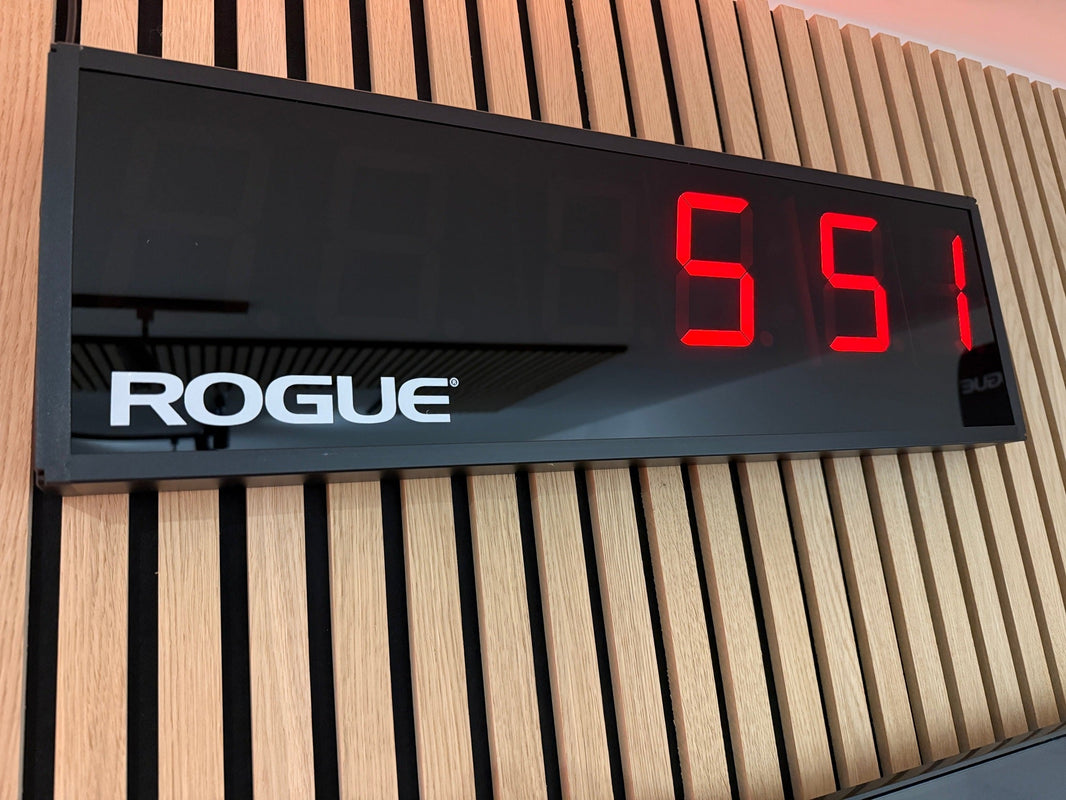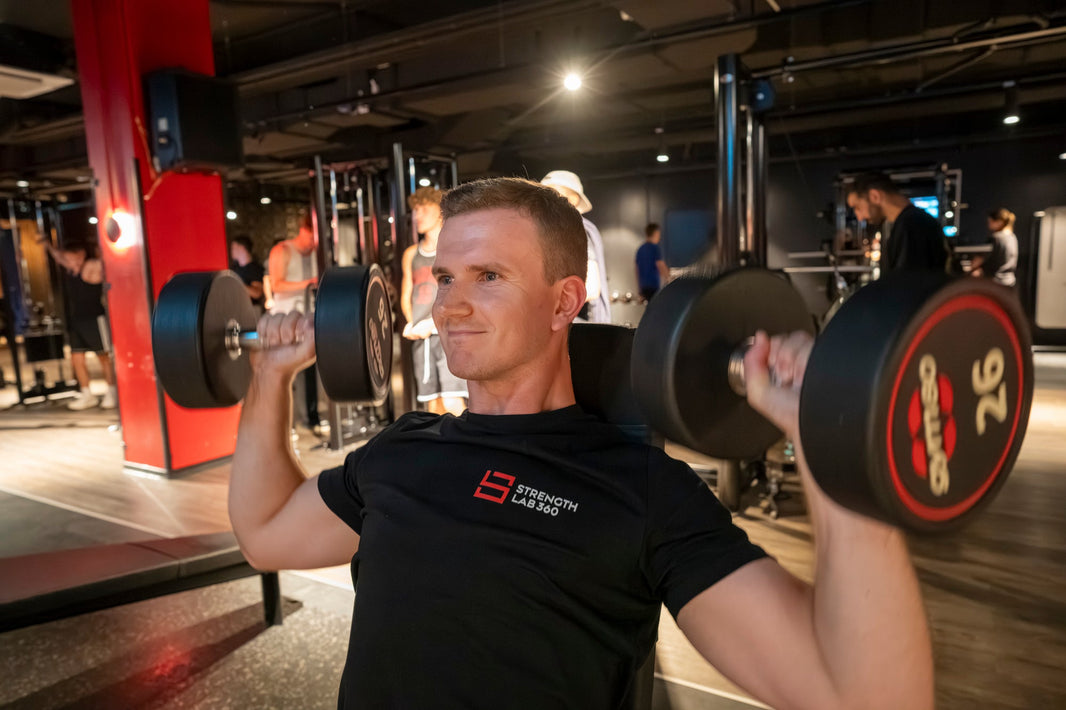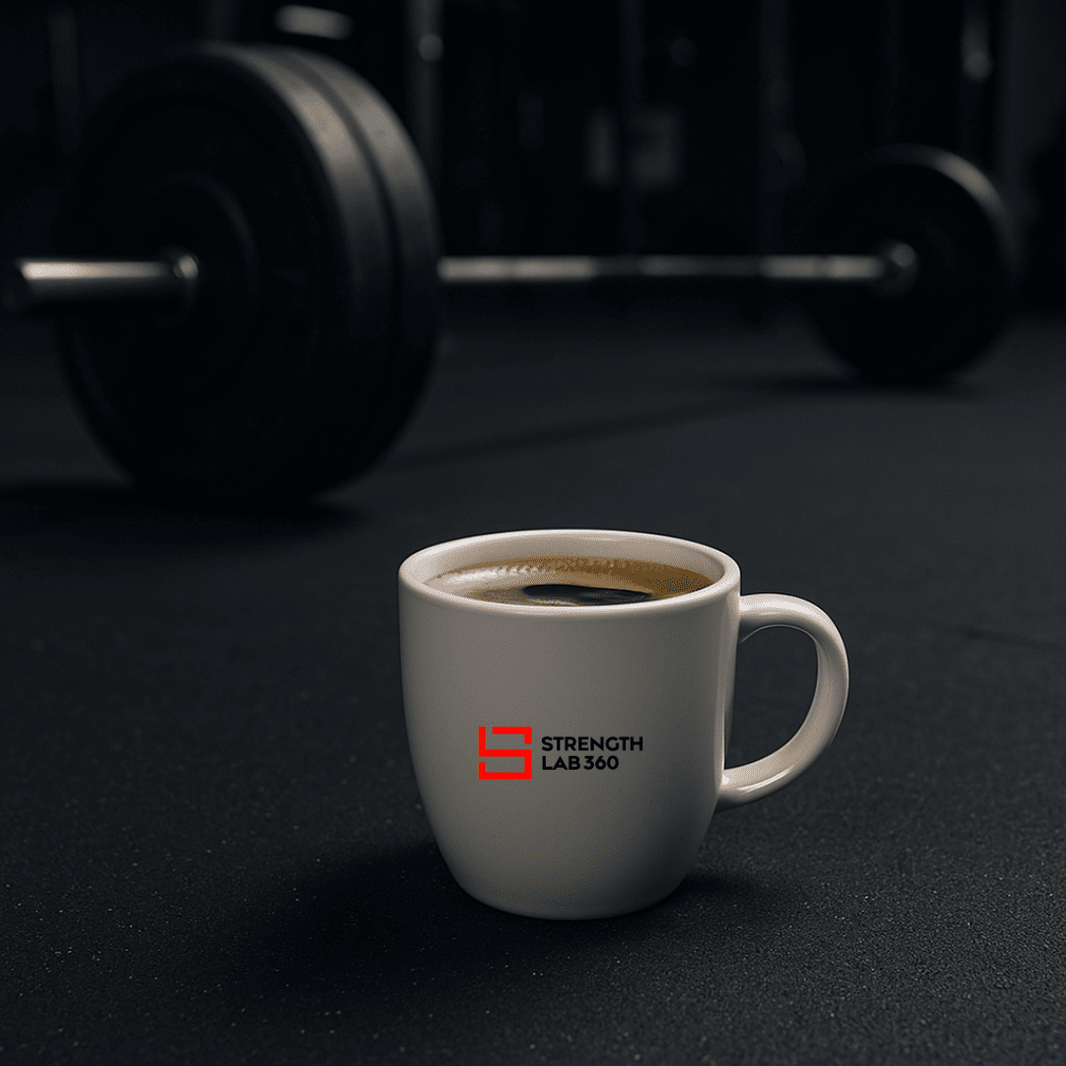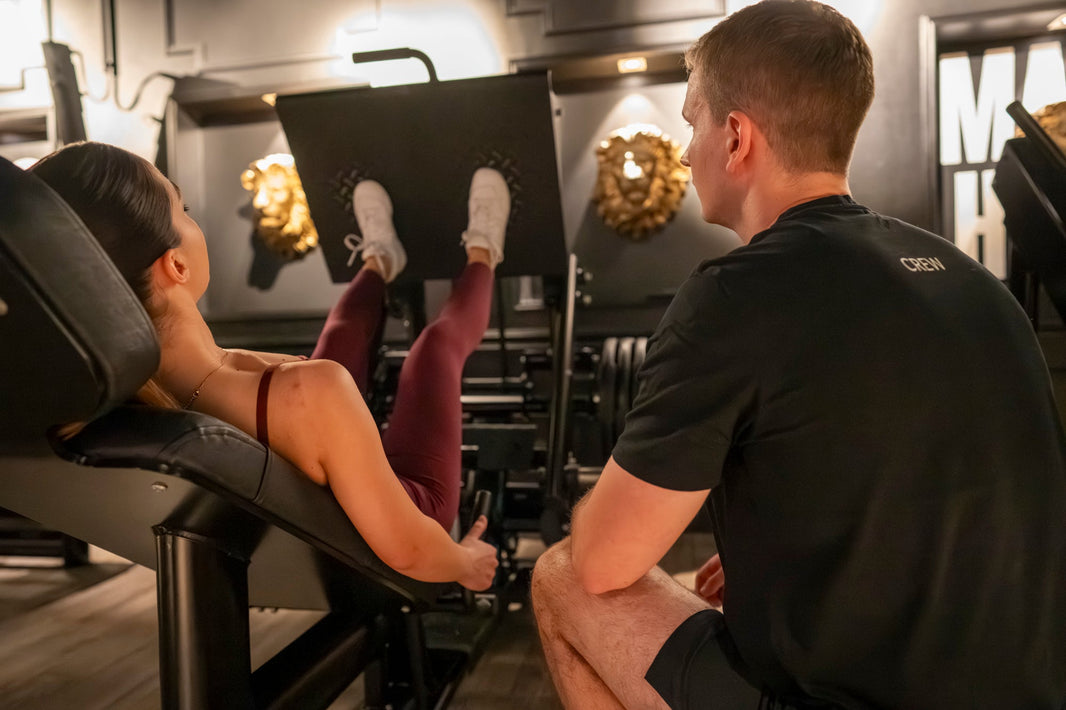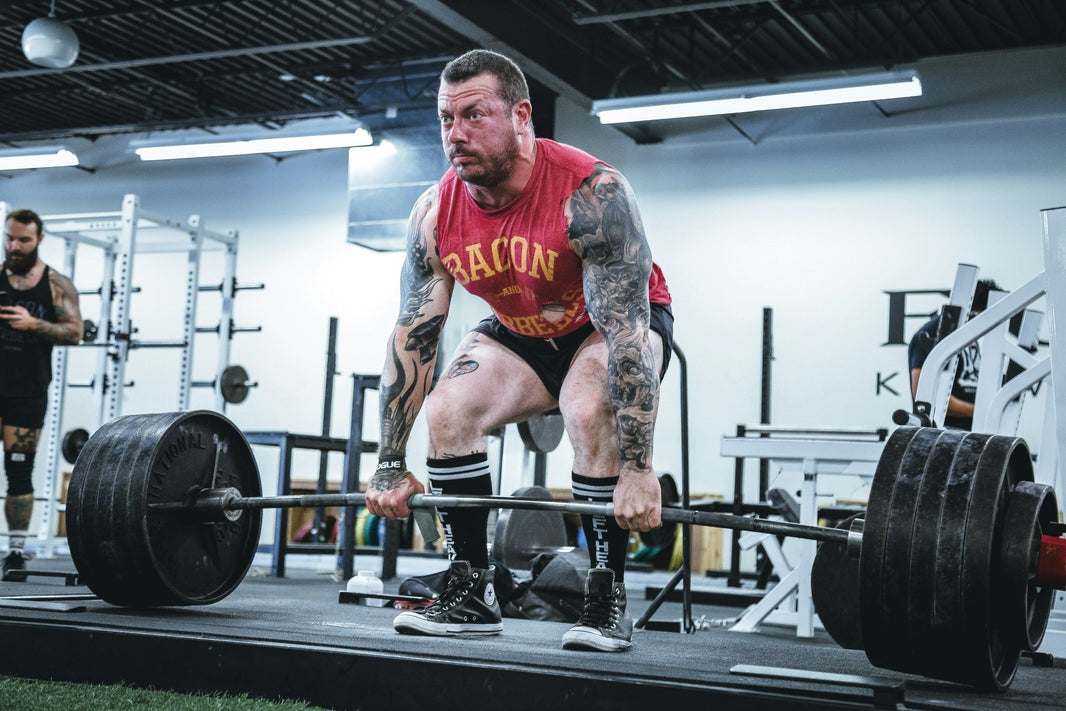Introduction
The myth that “cardio kills gains” is widespread in strength training circles. At StrengthLab360, we shed light on how cardio, when done correctly, complements muscle gains and supports overall fitness goals. Contrary to common misconceptions, combining cardio and resistance training can improve your performance and overall health while preserving muscle mass.So lets break down: does cardio kills muscle gains?

Understanding the Myth – Cardio and Weights
The myth that “cardio kills gains” stems from the belief that cardiovascular exercise interferes with muscle growth, primarily due to fears of muscle protein breakdown and reduced muscle hypertrophy. This misconception often arises from poorly designed training programs that include excessive cardio without proper recovery or nutrition.
While excessive cardio, especially at high intensities or volumes, can hinder muscle growth, moderate and strategic cardio can enhance strength training performance. Research on concurrent training—combining resistance training and cardio—shows that cardio doesn’t inherently lead to muscle loss unless poorly programmed (Wilson et al., 2012).
The Science Behind Cardio and Strength Training
Cardio and strength training are not mutually exclusive. In fact, they can complement each other in the following ways:
-
Improved Recovery
Low to moderate-intensity cardio, such as walking or cycling, increases blood circulation, delivering oxygen and nutrients to muscle tissue. This process helps reduce muscle soreness and accelerates recovery (Peake et al., 2014). -
Increased Endurance
Cardiovascular exercise improves aerobic capacity, which can support longer and more productive weight training sessions. Improved stamina allows lifters to perform more sets and maintain intensity across workouts, benefiting strength gains and hypertrophy (McCarthy et al., 2002). -
Fat Loss and Muscle Definition
Cardiovascular training helps create a caloric deficit, facilitating fat loss while preserving muscle mass when combined with adequate protein intake and resistance training. Reduced fat levels enhance muscle definition, highlighting strength training results (Helms et al., 2014). -
Enhanced Cardiovascular Health
Cardiovascular fitness reduces the risk of heart disease, improves blood pressure, and supports overall longevity. This is especially relevant for athletes aiming for long-term health while optimizing muscle and strength (Booth et al., 2012).
How StrengthLab360 Can Help to Improve Your Gains
StrengthLab360 integrates cardio into your training plan in a way that supports your strength goals without interfering with muscle growth. Here’s how:
-
Balanced Programs
Our training programs can strategically combine cardio and resistance training, ensuring that both systems complement each other rather than compete. -
Recovery-Focused Approach
By incorporating active recovery sessions, StrengthLab360 helps you use cardio to enhance muscle recovery and prepare for intense weightlifting sessions. For example, light cycling or rowing for 15–20 minutes post-lifting can boost recovery without overloading your system. -
Goal-Oriented Integration
StrengthLab360 tailors your cardio routine to align with your specific weight lifting objectives:- Endurance and stamina: Moderate cardio training to support longer lifting sessions.
- Fat loss: Cardio combined with a strength routine to create a caloric deficit without muscle loss.
- Health and longevity: General cardiovascular fitness for heart health and overall wellness.
Key Considerations for Effective Cardio Integration to Build Muscle
- Timing: Perform cardio after weight training to prioritize muscle strength and hypertrophy. Studies suggest that post-lifting cardio minimizes interference with muscle protein synthesis (Fyfe et al., 2014).
- Intensity: Low to moderate-intensity cardio is ideal for active recovery, while HIIT is better suited for metabolic conditioning. Avoid excessive high-intensity cardio, which can impair recovery and strength gains.
- Volume: Limit cardio to 2–4 sessions per week, each lasting 20–30 minutes, unless your primary goal is endurance.
- Nutrition: Ensure sufficient calorie and protein intake to counteract potential muscle protein breakdown caused by cardio. Aim for 1.6–2.2 g of protein per kg of body weight (Morton et al., 2018).
Conclusion
Cardio doesn’t have to be the enemy of muscle gains. With the right approach, it can be a powerful tool to enhance recovery, endurance, and overall fitness. StrengthLab360 offers evidence-based strategies to combine cardio and weight training effectively, ensuring that your strength and muscle-building goals remain uncompromised.
Say goodbye to the outdated fear of “cardio killing your gains.” Instead, embrace its benefits with tailored, science-backed training programs that align with your goals.
Frequently Asked Questions About Cardio and Strength Training
The myth that cardio kills gains suggests that engaging in cardio workouts will hinder your ability to achieve muscle growth or muscle gain. This belief stems from the idea that excess cardio exercise can lead to muscle loss and undermine the effects of resistance training or strength training. However, this myth is overly simplistic and does not consider the nuances of how cardio can actually complement a well-rounded fitness regimen.

